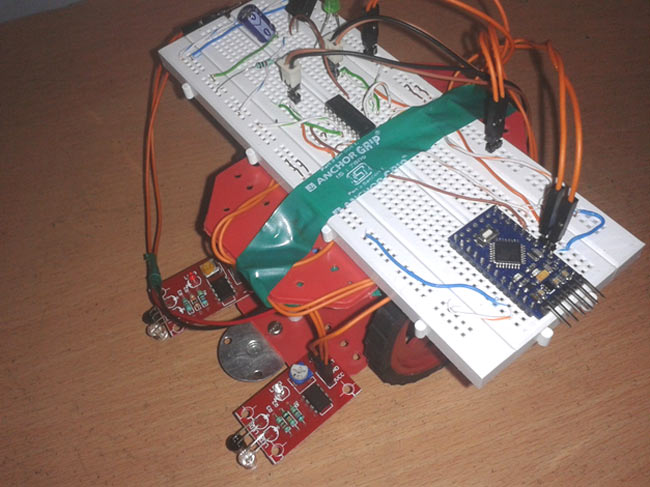Hi there good people,
My chinese solar tracker has lasted a couple of years, it's 'detector panels' died - I replaced them with glass ones instead of the original epoxy encased ones (that delaminated) and although the voltage is the same on both types it doesn't work.
I am very capable physically making an arduino based tracker, but I have never got my head around programming of any sort.....
So I have 2 'sensor solar panels' one facing East the other West, I have relays that I can use from the chinese tracker to control the linear actuator, and I have a good soldering iron and a lot of motivation to make this work
Here is a pdf of my plan https://drive.google.com/file/d/1ZrS0yYp0IJzFV7vV0eTbwrl7zo4DK_XY/view?usp=sharing
and here is a photo of my panels on their tracker - the linear actuator is hidden by the panels in this photo
 drive.google.com
drive.google.com
I don't know which type of arduino would be best to use - there is a 12v supply close to the panels as the linear actuator is 12v - I'm guessing an arduino uno, but I will go with whatever is recommended.
I am a pilot for a humanitarian NGO doing all our own maintenance on our planes, like I say for me fabricating, soldering etc is not a problem - it's just the programming that I struggle with
Many many thanks in advance for any help/advice offered!
My chinese solar tracker has lasted a couple of years, it's 'detector panels' died - I replaced them with glass ones instead of the original epoxy encased ones (that delaminated) and although the voltage is the same on both types it doesn't work.
I am very capable physically making an arduino based tracker, but I have never got my head around programming of any sort.....
So I have 2 'sensor solar panels' one facing East the other West, I have relays that I can use from the chinese tracker to control the linear actuator, and I have a good soldering iron and a lot of motivation to make this work
Here is a pdf of my plan https://drive.google.com/file/d/1ZrS0yYp0IJzFV7vV0eTbwrl7zo4DK_XY/view?usp=sharing
and here is a photo of my panels on their tracker - the linear actuator is hidden by the panels in this photo
IMG-20210118-WA0000.jpg
 drive.google.com
drive.google.com
I don't know which type of arduino would be best to use - there is a 12v supply close to the panels as the linear actuator is 12v - I'm guessing an arduino uno, but I will go with whatever is recommended.
I am a pilot for a humanitarian NGO doing all our own maintenance on our planes, like I say for me fabricating, soldering etc is not a problem - it's just the programming that I struggle with
Many many thanks in advance for any help/advice offered!


